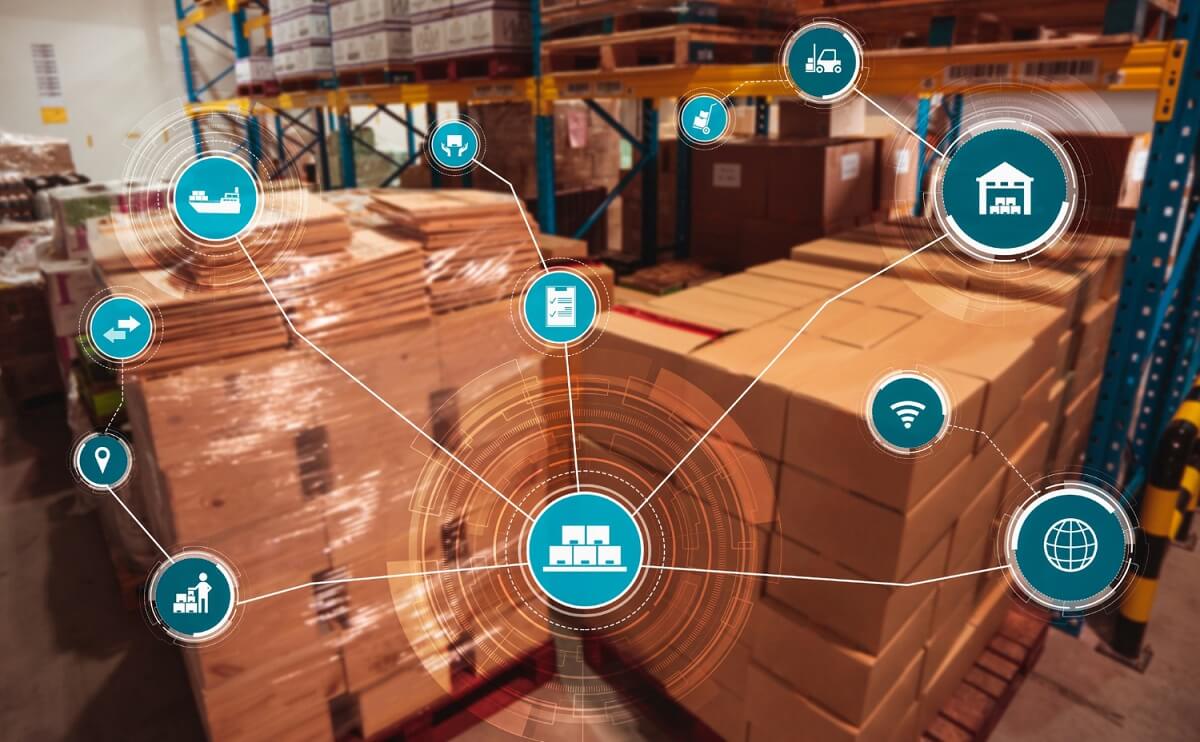In today’s fast-paced logistics landscape, Warehouse Management Systems (WMS) have become the backbone of efficient supply chains. With consumers demanding faster deliveries and real-time inventory transparency, choosing the right WMS can make or break your operations. But how many types of WMS are there, and which is right for your business? Let’s dive into the details.

Based on research from TechTarget and Stockarea, WMS platforms fall into four primary categories based on their functionality and integration capabilities.
These systems focus exclusively on core warehouse tasks like receiving, putaway, picking, packing, and shipping. Ideal for small businesses or third-party logistics (3PL) providers needing targeted solutions without complex integrations.
Key Features:
Use Case: A regional electronics distributor in Texas reduced picking errors by 22% after adopting a standalone WMS for its 50,000 sq. ft. facility.
These WMS platforms operate as part of broader SCM suites, integrating warehouse operations with transportation management, demand forecasting, and supplier collaboration.
Advantages:
For example, Cyzerg reports that automotive manufacturers often use SCM-integrated WMS to synchronize assembly lines with parts warehouses.
Built-in modules within Enterprise Resource Planning (ERP) systems like SAP or Oracle unify warehouse data with finance, procurement, and sales.
ERP vs. Standalone WMS Comparison:
| Factor | ERP-Based WMS | Standalone WMS |
|---|---|---|
| Data Integration | Unified ERP workflows | Limited to API connections |
| Implementation Cost | High ($500K–$2M+) | Moderate ($50K–$300K) |
| Customization | Complex | Flexible |
A food producer in Ohio achieved a 30% reduction in order fulfillment time after integrating its ERP system with a WMS module.
Hosted on vendor servers and accessed via the internet, these systems are growing at a 14.6% CAGR due to their scalability (Logiwa).
Key Benefits:
For instance, a Canadian e-commerce startup scaled from 100 to 10,000 daily orders using invasWMS’s cloud platform during holiday peaks.
Beyond core types, WMS solutions are also classified by capability tiers. Tryon Solutions identifies three tiers:
As analyzed by Goldman WMS and Logiwa, deployment models significantly impact ROI:
Cons: Requires stable internet connectivity
Cons: High upfront costs ($250K+) and IT staffing needs
Modern WMS platforms now incorporate:
Voice-Directed Picking: 15–20% productivity gains in warehouses (Zebra Technologies)
Plan Migration: Use phased rollouts to minimize downtime
With 74% of enterprises now prioritizing WMS upgrades (Gartner), selecting the right system isn’t optional—it’s strategic. Whether you’re a 3PL provider needing standalone simplicity or a global brand requiring AI-driven Tier 1 solutions, align your choice with long-term growth goals.
Your Next Move:
By leveraging this guide, you’re now equipped to transform your warehouse from a cost center to a competitive advantage.